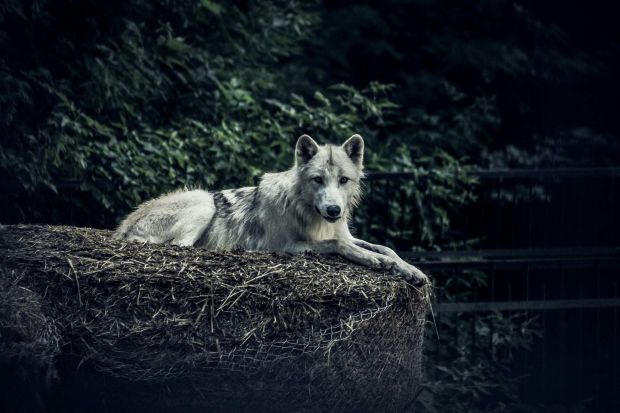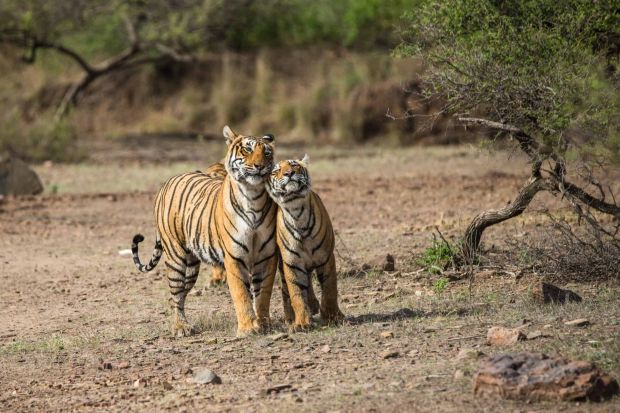Military Macaws

When you think of majestic creatures that inhabit the lush canopies of Central and South America, few birds can capture your attention quite like the Military Macaw. Known for their stunning plumage and personable demeanor, Military Macaws (Ara militaris) are more than just a beautiful sight; they embody the rich diversity and ecological importance of their native habitats.
A Stunning Spectacle of Color
Military Macaws are renowned for their vibrant coloration. Their bodies are primarily green, accented with striking blue wing feathers and bright red foreheads. These colors serve a crucial role in their survival, providing camouflage amid the leaves, helping them evade potential predators. Males and females are similar in appearance, making it challenging to distinguish between the sexes without close examination.
Their large size—averaging around 30 inches in length—only adds to their imposing beauty. With a strong, curved beak, they are built for cracking nuts and seeds, which make up a significant portion of their diet.
Habitat and Range
These magnificent birds are native to the tropical rainforests of Central and South America, with populations found in countries like Brazil, Peru, and Colombia. Preferably inhabiting lowland forests and riverine areas, Military Macaws tend to stay in mixed flocks, which not only provides safety in numbers but also serves to strengthen social bonds within their communities.
Social Creatures with Unique Behaviors
Military Macaws are known for their high intelligence and social nature. These birds can form strong bonds with their mates and are often seen engaging in playful behaviors. Their social structure is quite intricate; they communicate through a series of squawks, whistles, and calls. They also exhibit behaviors such as preening and grooming each other, which are important for maintaining social connections.
Conservation Status and Challenges
Despite their beauty and adaptability, Military Macaws face several threats. The International Union for Conservation of Nature (IUCN) lists them as Near Threatened due to habitat loss, primarily caused by deforestation and agricultural expansion. Additionally, illegal trapping for the pet trade has significantly impacted their populations. Conservation efforts are ongoing, focused on habitat preservation and legal protection to ensure that these birds can thrive in the wild.
Military Macaws in Aviculture
Due to their striking appearance and affectionate nature, Military Macaws have become popular in aviculture. They require dedicated care, ample space, and social interaction to stay healthy and happy. Potential owners should be prepared for the commitment needed for these intelligent birds, as they demand mental stimulation and social interaction.
In captivity, they can develop strong bonds with their human caregivers and can learn to mimic human speech, making them delightful companions. However, it is essential to obtain Military Macaws through reputable breeders or rescue organizations, ensuring that they are raised in a humane environment.
Conclusion: Advocating for Their Future
Military Macaws are not just birds; they are vibrant symbols of the rich ecosystems they inhabit. As we learn more about these magnificent aviators, it becomes increasingly clear how vital it is to protect their habitats and promote conservation efforts. By raising awareness about the threats they face and supporting sustainable practices, we can help ensure that future generations can marvel at the beauty of the Military Macaw in the wild.
From their breathtaking colors to their engaging behaviors, Military Macaws remind us of the importance of biodiversity and the responsibility we share in safeguarding the natural world. Whether in the heart of a rainforest or the comfort of our homes, these remarkable birds continue to inspire awe and affection.



